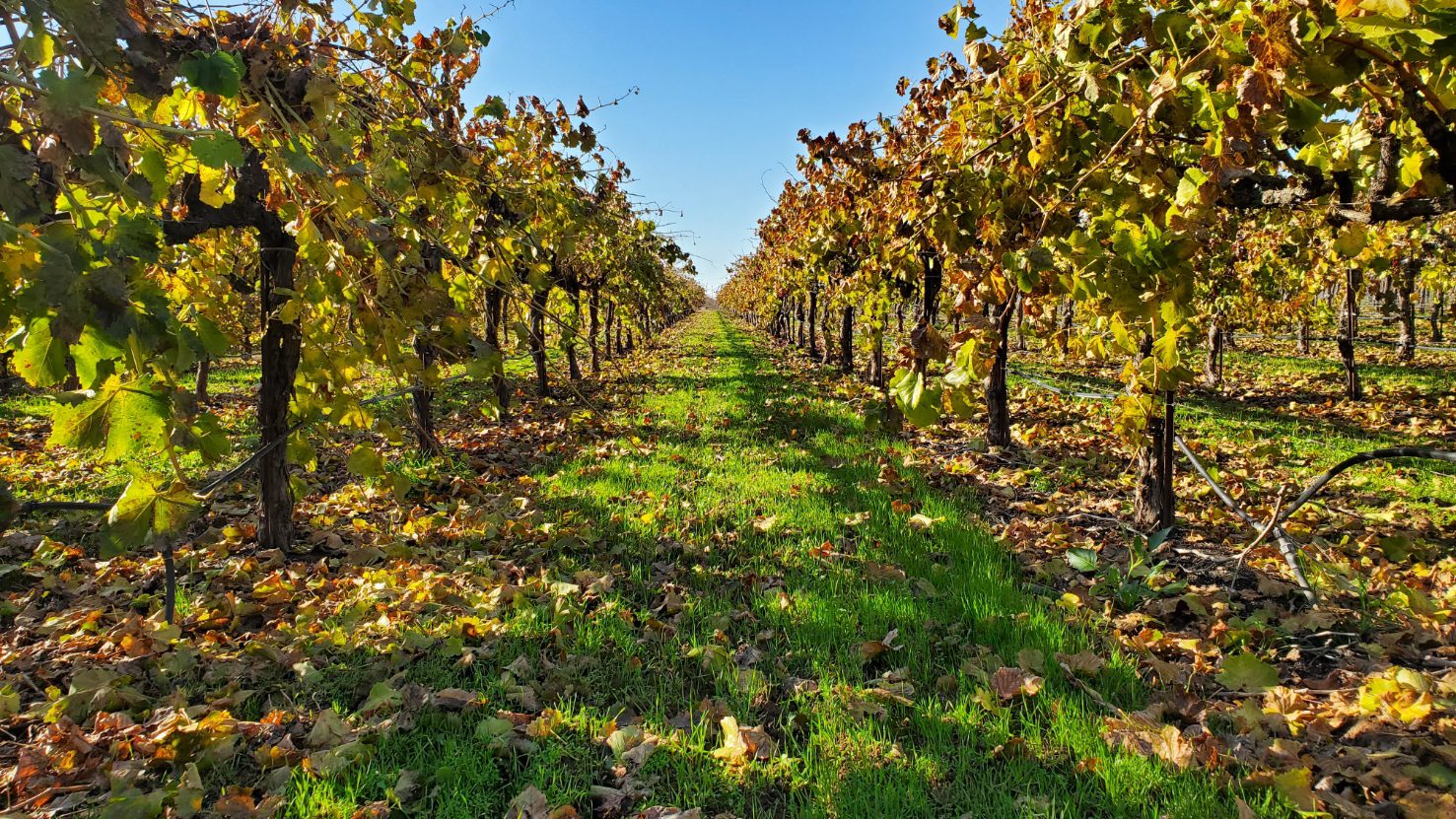


With so many industry buzzwords, it’s difficult to sift through the hype and find real meaning. Regenerative farming isn’t a new approach, it’s a revival of time-tested practices that utilize natural systems instead of replacing them. The principles behind regenerative agriculture focus on building soil health. Soils contain a complex network of organisms that work symbiotically with plant life. A great example of a regenerative system are forests which maintain a few important aspects contributing to soil health. One, there is no bare soil. Plant life takes up the entire forest floor, providing a barrier against evaporation and erosion while increasing its organic matter and therefore its water holding capacity. It is said that just a 1% increase in organic matter can retain up to 20,000 gallons of water per acre! This stored water can then be accessed in times where surface water isn’t available. Two, abundant plant diversity. Monocultures are perfect breeding grounds for one pest to dominate since they remove the predator vs prey cycle. Providing a home for the predator ties the loose ends, limiting the damage and preventing devastation. Three, undisturbed soils allow microbial life to do their work. Plants have evolved to form mycorrhizal relationships between fungi and plant roots. This is a symbiotic arrangement where the plant provides fuel (carbohydrates), and the fungi aids nutrient uptake from the soil. If you remove one piece of the equation, these relationships can’t exist. In all, a fully covered, undisturbed floor with diverse plant species provides a bustling soil system that lays the groundwork (pun intended) for resiliency. If your soil is living, it is producing all the necessities a plant needs to survive hardship and regenerate; All without human intervention. Building these systems takes time, yet they are easily destroyed. If disturbed or undercut, it will collapse. Modern industrial agriculture does both. We spoon feed our crops with fertilizer and water, encouraging shallow root systems and positioning soil life into redundancy. We till the land, eroding the topsoil and uprooting soil organism networks. The short-term results protect and increase crop yield, but the long-term effects of overworking the land are unsustainable.
At Acquiesce, we proudly farm under the guidelines of LODI Rules for Sustainable Winegrowing. Regenerative practices fall within these guidelines and going forward we will emphasize and prioritize the soil health of our vineyard. In fact, we’ve been using some of these strategies for years, so the only difference will be refocusing their purpose. There are many facets involved in regenerative agriculture such as animal integration and composting, but we’re going to start with the most fundamental aspect, soil health. This year, post-harvest, we planted a diverse cover crop to fill the mid rows and interplanted a wildflower mix every 10th row to encourage beneficial insects that control pests. Moving to no-till, in order to terminate the cover crops, we will either mow, roll it down, or bring in sheep to forage. Areas under the vine are typically left bare to avoid competition, allowing weeds to take advantage of the space. To keep weeds in check, this area is typically sprayed with herbicide or mowed. We’ll take an alternate approach by planting subterranean clovers here, leaving no bare soil. Not only are these Nitrogen fixing plants providing natural fertilizer, but they will compete with weeds for space. With just a cover crop, we can achieve the 3 major factors behind forest resiliency and build that into our vineyard. This is just the beginning of our regenerative journey, and we will continue to fine tune our system. With unrelenting climate extremes, this year the goal is to kick start soil life with the long-term goal of building a self-sufficient vineyard.